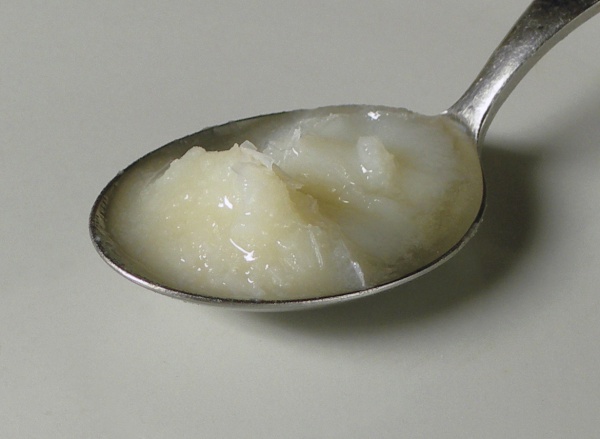Facts About Schmaltz
Schmaltz, rendered chicken or goose fat, has been a cornerstone of Ashkenazi Jewish cuisine for centuries. This versatile ingredient finds its way into a variety of dishes, from chicken soup and latkes to matzah balls and fried chicken. Whether used as a cooking fat, spread, or flavor enhancer, schmaltz has long been cherished for its rich taste.
The prominence of chicken in Ashkenazi cooking can be traced back to historical restrictions on land ownership, which made poultry a more accessible protein source. Schmaltz emerged as a practical replacement for olive oil, especially in regions where olive oil was scarce.
Eastern European Jewish communities traditionally relied on schmaltz, and its popularity carried over to the United States as Ashkenazi Jews immigrated. However, over time, its use dwindled due to health concerns, convenience factors, and the availability of alternative cooking fats. Recently, though, schmaltz has experienced a revival. Celebrity chefs have embraced it, incorporating schmaltz into modern and even non-traditional recipes.
The word "schmaltz" is derived from Yiddish, where it specifically refers to rendered poultry fat. The process of making schmaltz involves melting chicken or goose fat, filtering it, and then clarifying it. This results in a rich, flavorful fat perfect for hearty dishes like stews and roasts, as well as traditional Jewish soups and bread spreads. For those seeking a vegetarian option, versions of schmaltz made from coconut oil and vegetable shortening are now available.
Interestingly, "schmaltz" has also taken on additional meanings in American English, often used to describe overly sentimental music or art. Moreover, it is a rare surname among people of German and Austrian descent, sometimes indicating an ancestral occupation related to making candles or soap.

 Ukraine
Ukraine